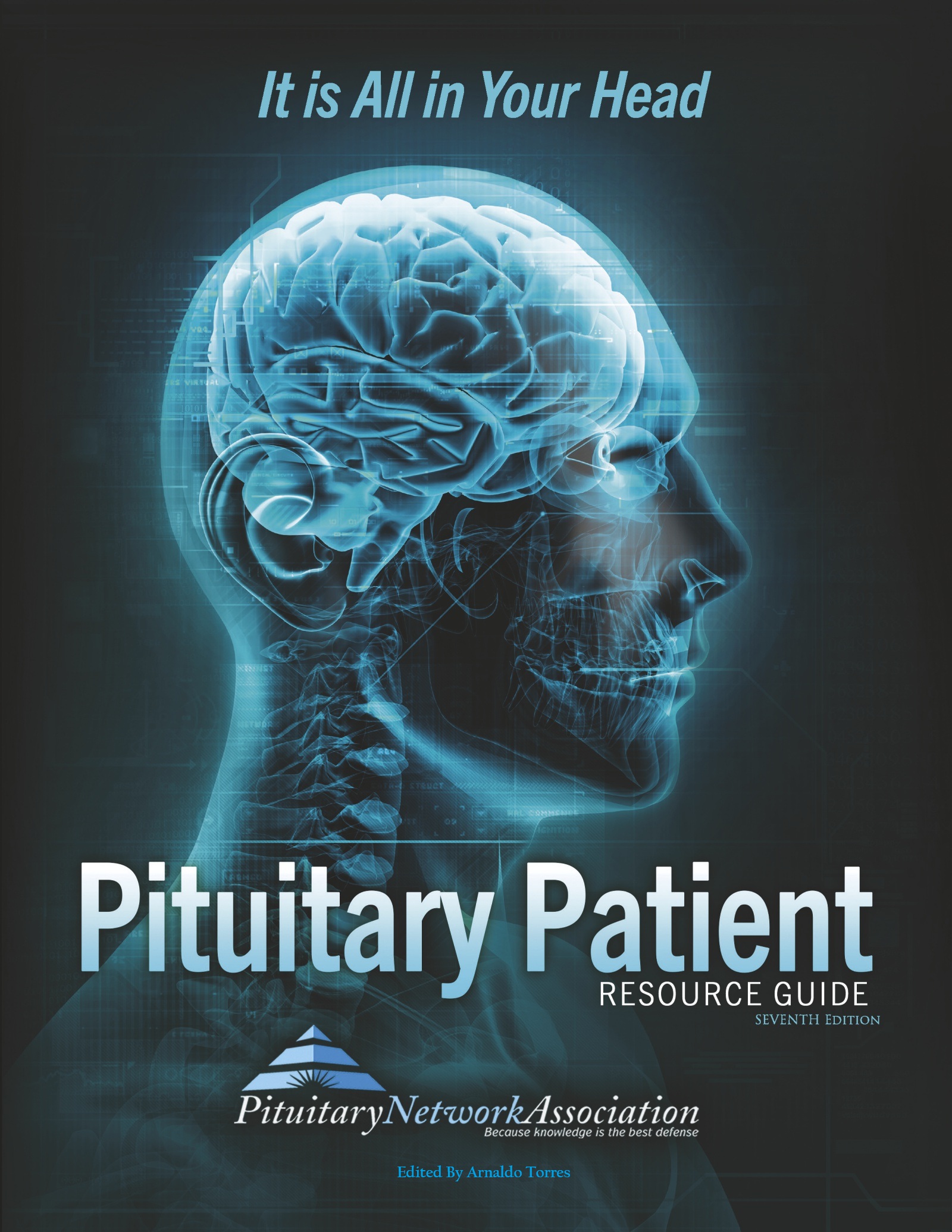News Articles February 2022
Written on 04 February 2022.
Olfactory Tract
The tract of nerve fibers in the olfactory lobe that passes from the olfactory bulb to the olfactory trigone.
One of two structures containing neurons which carry the “smell” from the olfactory cells, where it has been converted into an electrical signal, to the area of the brain where the smell can be identified.
Oncologist
A specialist in oncology
A specialist in the study or science dealing with the physical, chemical, and biologic properties and features of neoplasms (abnormal tissue growth or cancer), including causation, pathogenesis, and treatment.
Oncology
The study of cancer.
The study or science dealing with the physical, chemical, and biologic properties and features of neoplasms (abnormal tissue growth or cancer), including causation, pathogenesis, and treatment.
Opaque
Impervious to light; not translucent or only slightly so
Impervious to light; not translucent or only slightly so
Optic Chiasm
Area where optic nerves cross over, located just above the pituitary gland, which can be compressed by pituitary tumors and hinder eyesight.
At the optic chiasm, nerve fibers from half of each retina cross over to the opposite side of the brain. The fibers from the other half of the retina travel to the same side of the brain. Because of this junction, each half of the brain receives visual signals from the visual fields of both eyes.
Optic Nerves
Nerves which connect to the eyes providing one’s sense of sight.
The optic nerve connects the eye to the brain. The optic nerve carries the impulses formed by the retina. The retina is the nerve layer that lines the back of the eye that senses light and creates impulses. These impulses are dispatched through the optic nerve to the brain, which interprets them as images. Using an ophthalmoscope, the head of the optic nerve can be easily seen. It can be viewed as the only visible part of the brain (or extension of it).
The optic nerve is the second cranial nerve. The cranial nerve emerge from or enter the skull (the cranium), as opposed to the spinal nerves which emerge from the vertebral column. There are twelve cranial nerves.
In terms of its embryonic development, the optic nerve is a part of the central nervous system (CNS) rather than a peripheral nerve.
The word “optic” comes from the Greek “optikos”, pertaining to sight.
Orbit
The bony cavity containing the eyeball
Orbit CT Scan is a procedure that uses x-rays to examine the orbits (eye sockets) and the globes (eyes).
Orthopedics
The medical specialty concerned with the preservation, restoration, and development of form and function of the musculo skeletal system, extremities, spine, and associated structures by medical, surgical, and physical methods.
A surgical specialty that utilizes medical, surgical, and physical methods to treat and correct deformities, diseases, and injuries to the skeletal system, its articulations, and associated structures (MeSH).
Osteoporosis
A condition of reduced bone mass, with decreased outer thickness and a decrease in the number and size of the spongy structures in the bone (but normal chemical composition), resulting in increased fracture incidence.
Osteoporosis is classified as primary (Type 1, postmenopausal osteoporosis; Type 2, age-associated osteoporosis; and idiopathic, which can affect juveniles, premenopausal women, and middle-aged men) and secondary osteoporosis (which results from an iden tifiable cause of bone mass loss).
PAI-1
Plasminogen activator inhibitor-1
Plasminogen activator inhibitor-1, a member of the serine protease inhibitor (serpin) superfamily, is the principal inhibitor to tissue-type plasminogen activator and urokinase-type plasminogen activator. Elevated plasma PAI-1 levels, an independent cardiovascular risk factor, has been shown to be a predictor of recurrent myocardial infarction (MI). Acute changes in plasma PAI-1 after MI is a predictor of mortality. PAI-1 levels are elevated in the individuals with hypertension, insulin resistance, hypertriglyceridemia, obesity, and the constellation of risk-factors known as the metabolic syndrome. PAI-1 is synthesized in the liver, vascular endothelium, vascular smooth muscle, and visceral adipose tissue. A number of factors have been shown to regulate PAI-1, including metabolic factors such as insulin, glucose, triglycerides; inflammatory cytokines such as tumor necrosis factor-a, transforming growth factor-ß, interleukin-1, and more notably, components of the RAAS, namely angiotensin II and aldosterone.
Available Now!

The Pituitary Patient Resource Guide Sixth Edition is now available! Be one of the first to have the most up-to-date information. The Pituitary Patient Resource Guide a one of a kind publication intended as an invaluable source of information not only for patients but also their families, physicians, and all health care providers. It contains information on symptoms, proper testing, how to get a diagnosis, and the treatment options that are available. It also includes Pituitary Network Association's patient resource listings for expert medical care.

Xeris Pharmaceuticals is valued member of the PNA










